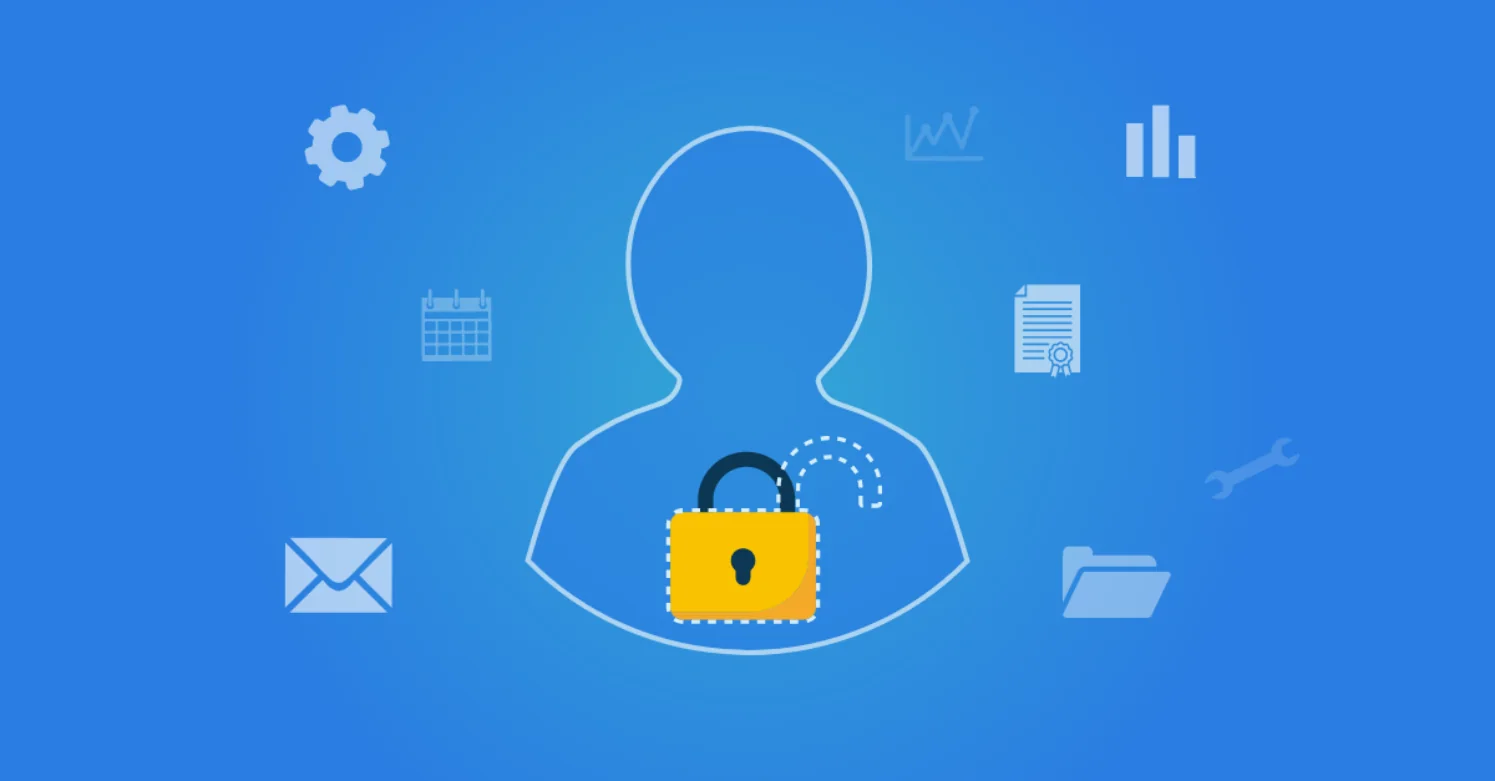
Entitlement
It’s commonly accepted that you need permission to enter someone’s house, or that not just any employee of a company can enter the server room. Entitlement translates this principle to the digital world and the system of identity and access management.
In this article
What is an entitlement in Identity & Access Management (IAM)?
Within IAM, an entitlement can be seen as a right, permission, authorization, or entitlement to access digital systems, applications, data, or other resources. After identifying (who is the user) and authenticating (is the user who they claim to be), these define the user’s access, modification, and/or usage rights (what the user is allowed to do). In IAM, entitlements are the foundation of authorization management. It is a crucial part of security and ensures that only the correct users have access to certain data. By restricting entitlements to only the necessary users, you minimize the risk of unauthorized access to important resources.
What are user rights?
Loosely translated, an entitlement is a user right. User rights are therefore the specific rights assigned to an individual user. User rights determine what a user can do within a system, application, or other digital environment. This can range from access to specific data or functionalities to the editing or deletion of information. Someone’s user rights are often dependent on the role the person plays in an organization.
What is the difference between roles and rights?
Roles and rights are often used synonymously with each other. While both are important concepts within IAM, these two concepts are not the same. An entitlement or user right is an individual authorization that gives a user access to specific systems, applications, functionality, or data. Roles are collections of user rights that you assign to a certain group of users.
How are user rights assigned?
The authorization model of an IAM solution is responsible for granting and revoking user rights within linked systems. The advantage of such a structured and automated approach to granting and managing entitlements? Fewer human errors by ensuring that the right users have access to the systems, networks, software, applications, and devices they need. An IAM system offers various ways to assign entitlements to users. The three main ways to do this are:
- Role-based (RBAC): The IAM system determines whether a user gets permission by assigning them a specific role or placing them in a specific group. Imagine a large company with different departments. By assigning an employee a role, they gain access to all applications and data necessary for their specific role. For example, an accountant would have access to financial applications and data, while an HR employee would have access to HR software and personnel files.
- Attribute-based (ABAC): In attribute-based rights management, users are granted permission based on specific attributes. These characteristics can be: function, department, location, or even a specific customer or project they are working for. Within the authorization model of the IAM application, you can determine which applications or data they are allowed to view based on these attributes.
- Workflow-based (Service Automation): In workflow-based rights, rights are granted based on a process or workflow. Some user rights pose too high a risk to be granted automatically. Other user rights lead to the assignment of costly licenses that are only sporadically needed. For these types of user rights, you can start a workflow that grants the necessary access rights. This ensures that no access is granted without the required approvals. And you can automatically revoke user rights after a certain period.